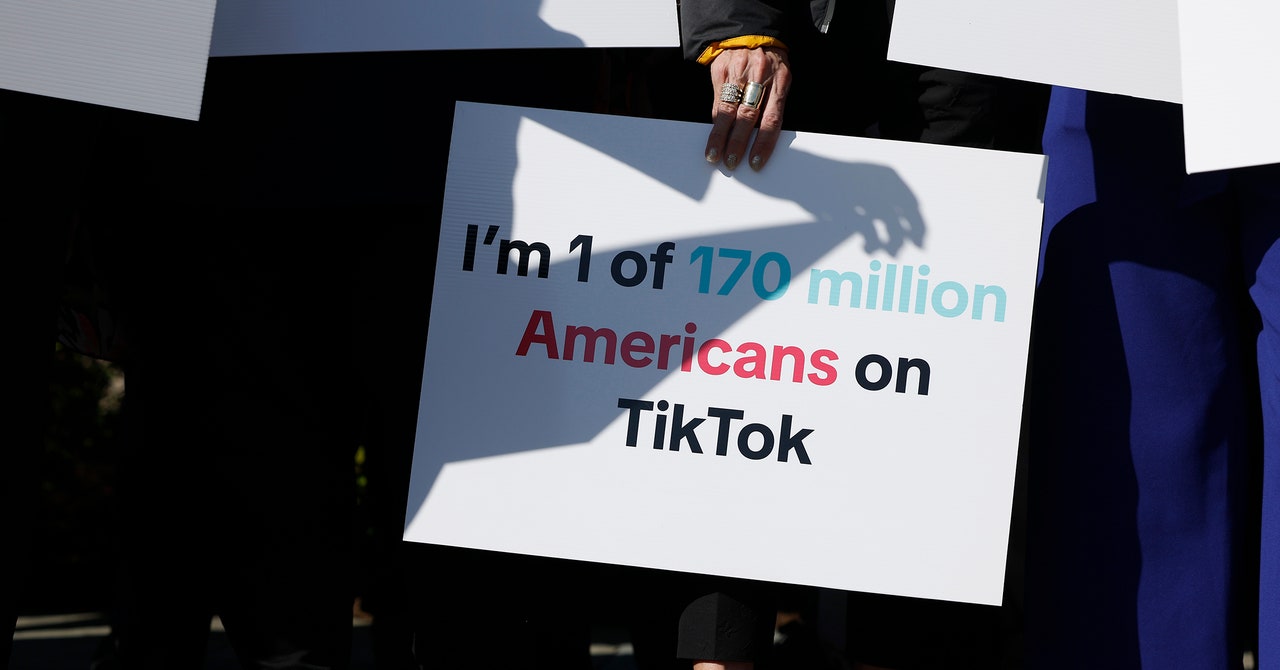In today’s ever-evolving landscape, where unpredictability reigns supreme, maintaining a motivated workforce is paramount. The confluence of economic uncertainties, global health crises, and remote work challenges has made employee motivation a pressing concern for organizations worldwide. In this article, we delve into how to keep employees motivated during these hard times, offering insightful strategies that go beyond the conventional to invigorate your workforce.

Table of Contents
- 1 Understanding the Current Landscape
- 2 Innovative Motivation Strategies
- 2.1 1. Personalized Well-being Initiatives
- 2.2 2. Learning and Development Opportunities
- 2.3 3. Recognize and Celebrate Small Wins
- 2.4 4. Flexibility and Autonomy
- 2.5 5. Support for Remote Workers
- 2.6 6. Goal Alignment
- 2.7 7. Offer Financial Wellness Programs
- 2.8 8. Encourage Peer Recognition
- 2.9 9. Fostering a Growth Mindset
- 2.10 10. Support Mental Health
- 3 Effective Leadership and Management
- 4 Monitoring and Adaptation
- 5 Employees Motivation Chart
- 6 Conclusion
Understanding the Current Landscape
Before we delve into the strategies, it’s crucial to understand the unique challenges employees face in these turbulent times. Acknowledging their struggles is the first step towards implementing effective motivation strategies.
1. Empathize with Their Struggles
Employees are grappling with unprecedented stressors, including health concerns, family responsibilities, and isolation due to remote work. Recognizing these challenges and demonstrating empathy can lay a solid foundation for motivation efforts.
2. Communicate Transparently
Clear, honest communication is vital. Share the company’s situation and plans openly to foster trust and alleviate uncertainty. This will help employees feel more connected to the organization.
Innovative Motivation Strategies

Now, let’s explore unconventional yet effective strategies to keep employees motivated during these hard times.
1. Personalized Well-being Initiatives
Invest in employees’ well-being by tailoring initiatives to their individual needs. Conduct surveys to gauge their preferences, whether it’s mental health support, fitness programs, or flexible work schedules. By demonstrating a genuine concern for their well-being, you show that the organization cares about them beyond their work contributions.
2. Learning and Development Opportunities
Empower employees with the tools to thrive in the current environment. Offer online courses, webinars, or workshops that not only enhance their skills but also promote personal growth. Encourage them to set professional development goals and provide resources to achieve them.
3. Recognize and Celebrate Small Wins
In challenging times, even small achievements deserve acknowledgment. Create a culture of celebration by recognizing employees’ accomplishments, no matter how minor they may seem. A simple “thank you” or public recognition can boost morale significantly.
4. Flexibility and Autonomy
Grant employees greater autonomy over their work schedules and tasks. Trusting them to manage their responsibilities can be empowering. Flexibility in work hours and locations can also alleviate some of the pressures they face.
5. Support for Remote Workers
For remote workers, isolation can be demotivating. Encourage virtual team-building activities, provide stipends for home office improvements, and foster a sense of belonging through regular video meetings. Ensure they have the technology and resources needed to perform their jobs effectively.
6. Goal Alignment
Ensure that employees understand how their work contributes to the larger organizational goals. When they see the significance of their contributions, they are more likely to stay motivated during challenging times.
7. Offer Financial Wellness Programs
Financial stability is a significant concern for many employees, especially during uncertain times. Provide financial wellness programs that offer advice on budgeting, investing, and saving. Consider offering employee assistance programs to help with financial stress.
8. Encourage Peer Recognition
Implement a peer-to-peer recognition program where employees can commend their colleagues for exceptional efforts. This not only boosts motivation but also strengthens team bonds.
9. Fostering a Growth Mindset
Promote a growth mindset culture within your organization. Encourage employees to view challenges as opportunities for growth and learning rather than setbacks. Highlight stories of individuals who have overcome adversity to inspire others.
10. Support Mental Health
Mental health support is critical during hard times. Offer access to counseling services, mindfulness programs, or stress management workshops. Encourage employees to take breaks and prioritize self-care.
Effective Leadership and Management
Motivation during tough times also hinges on effective leadership and management practices.

1. Lead by Example
Leaders should exemplify the behaviors and attitudes they wish to see in their teams. When employees see their leaders displaying resilience, adaptability, and a positive attitude, they are more likely to follow suit.
2. Regular Feedback and Check-Ins
Frequent feedback and check-in sessions help employees understand their performance and areas for improvement. These interactions should be constructive, focusing on growth rather than criticism.
3. Encourage Innovation
Challenging times often require innovative solutions. Encourage employees to share their ideas and perspectives, and be open to trying new approaches. This empowers them to take ownership of their work and contribute to the organization’s success.
4. Lead with Trust
Trust is the foundation of any successful employee-employer relationship. Trust your employees to make the right decisions and provide the support they need to do so.
5. Set Realistic Expectations
While it’s essential to challenge employees, setting unrealistic expectations can lead to burnout and demotivation. Ensure that goals are achievable and provide the necessary resources to attain them.
Monitoring and Adaptation
Motivation strategies should not be static. They need constant monitoring and adaptation to remain effective.

1. Measure Employee Engagement
Regularly assess employee engagement through surveys and feedback mechanisms. Use these insights to refine your motivation strategies.
2. Stay Informed About Industry Trends
Be aware of industry trends and best practices for employee motivation. Implement innovative strategies as they emerge to keep your approach fresh and effective.
3. Agile Decision-Making
In uncertain times, agility is key. Be prepared to adjust your strategies as the situation evolves, and communicate these changes transparently with your team.
Employees Motivation Chart
Here is an employee motivation chart:
| Factor | Impact on motivation | Examples |
|---|---|---|
| Compensation and benefits | Employees are more likely to be motivated if they are compensated fairly and have access to good benefits. | Competitive salaries, bonuses, health insurance, retirement savings plans, paid time off, and other perks. |
| Career development opportunities | Employees want to feel like they are growing and developing in their careers. | Training and development programs, mentorship programs, and opportunities for promotion and advancement. |
| Work-life balance | Employees need to have a healthy work-life balance in order to be productive and motivated. | Flexible work arrangements, telecommuting options, paid parental leave, and other policies that support work-life balance. |
| Recognition and rewards | Employees appreciate being recognized and rewarded for their hard work. | Formal recognition programs, informal recognition from leaders and peers, and other ways to show appreciation for employees’ contributions. |
| Sense of purpose | Employees are more likely to be motivated if they feel like their work is meaningful and that they are making a difference. | Clearly communicating the company’s mission and values, and providing opportunities for employees to contribute to the company’s goals. |
| Relationships with colleagues and managers | Employees are more likely to be motivated if they have positive relationships with their colleagues and managers. | Fostering a supportive and collaborative work environment, and promoting open communication and feedback. |
It is important to note that the factors that influence employee motivation can vary depending on the individual employee and the specific situation. However, the factors listed above are generally considered to be important for motivating employees.
By understanding the factors that influence employee motivation, employers can create a workplace where employees are more likely to be engaged, productive, and successful.
Conclusion
Keeping employees motivated during challenging times requires a multifaceted approach that combines empathy, innovative strategies, effective leadership, and adaptability. By demonstrating a genuine concern for their well-being, offering opportunities for growth, and fostering a positive work environment, you can navigate the turbulence of today’s world and emerge with a motivated, resilient workforce. Remember, it’s not just about weathering the storm; it’s about thriving within it.









